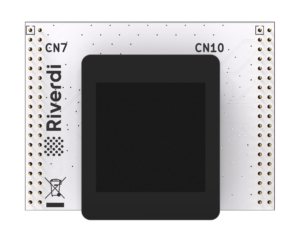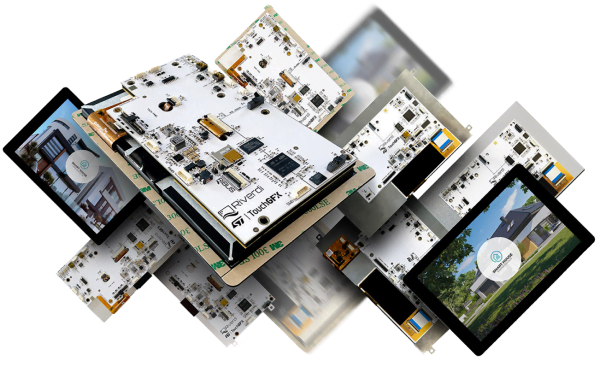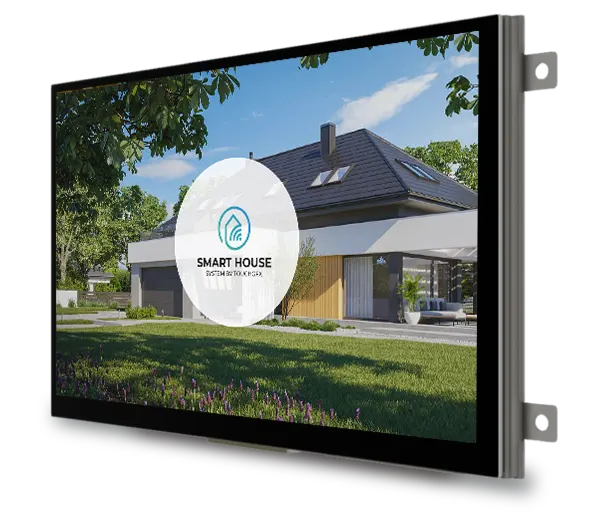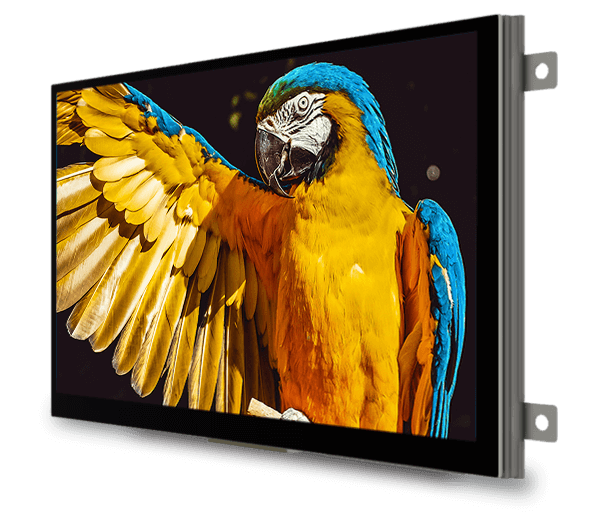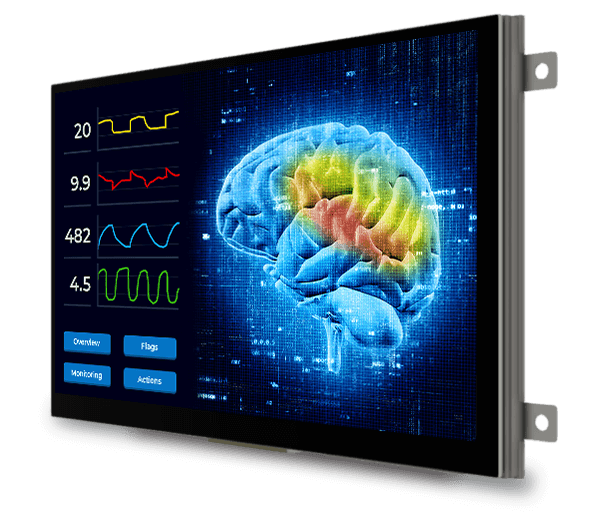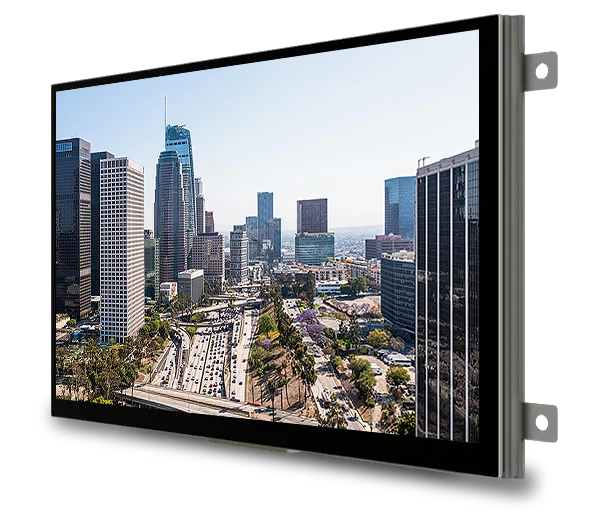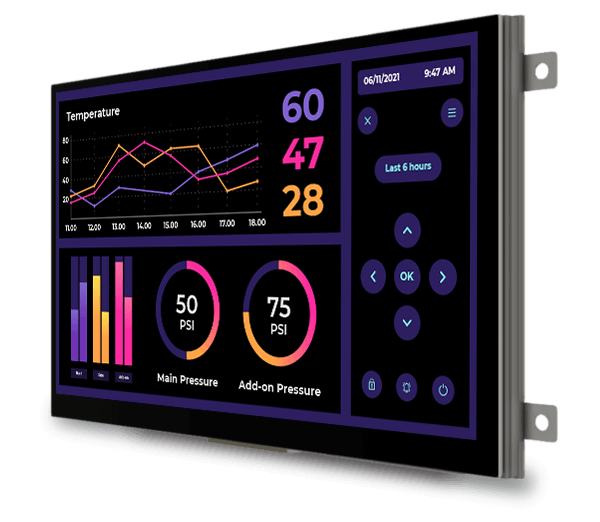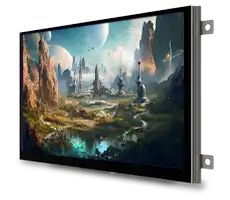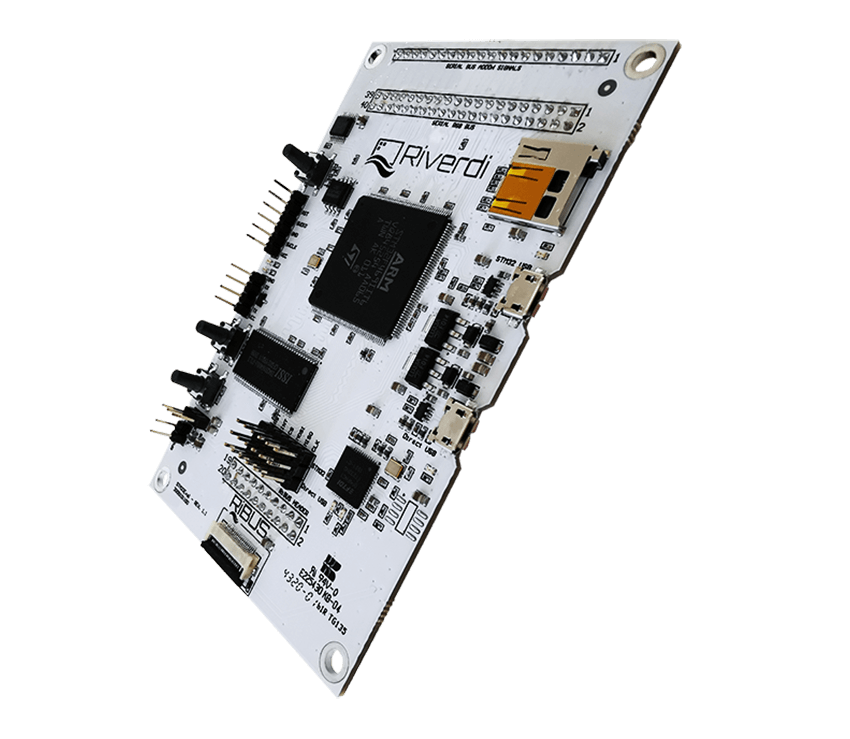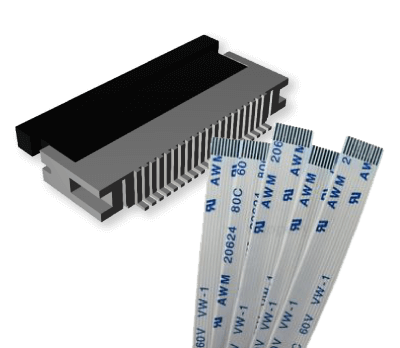LCD Display
LCD (Liquid Crystal Display) technology forms the backbone of modern visual interfaces, offering exceptional clarity and versatility across numerous applications. These displays work by manipulating liquid crystals positioned between two polarizing filters, allowing precise control of light passage to create vibrant images. Riverdi’s industrial-grade LCD displays combine cutting-edge technology with robust construction, delivering reliable performance even in challenging environments.
Currency:
-

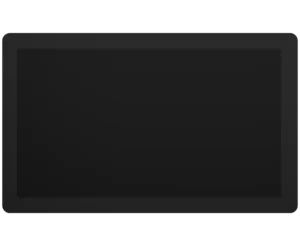
Plug and play display 15.6″ TFT LCD Full HD 1920x1080px, HDMI interface + Capacitive touchscreen – RVT156HKHNWC00-B
$474.37 -


Plug and play display 15.6″ TFT LCD Full HD 1920x1080px, HDMI interface – RVT156HKHNWN00
$335.30 -

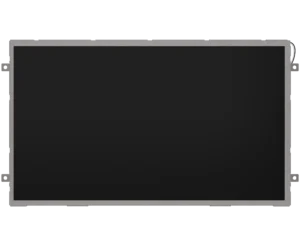
Plug and play display 15.6″ TFT LCD Full HD 1920x1080px, HDMI interface – RVT156HKHFWN00
$358.35 -

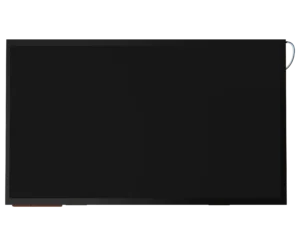
Plug and play display 15.6″ TFT LCD Full HD 1920x1080px, HDMI interface + Capacitive touchscreen – RVT156HKHNWCA0-B
$469.62 -

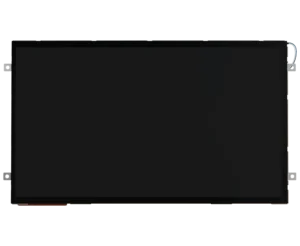
Plug and play display 15.6″ TFT LCD Full HD 1920x1080px, HDMI interface + Capacitive touchscreen – RVT156HKHFWCA0-B
$502.50 -

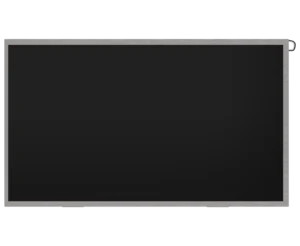
High Brightness IPS display 15.6″ TFT LCD Full HD 1920x1080px, MIPI DSI interface – RVT156HKDNWN00
$257.16 -


High Brightness IPS display 15.6″ TFT LCD Full HD 1920x1080px, MIPI DSI interface + Capacitive touchscreen – RVT156HKDNWC00-B
$383.17 -

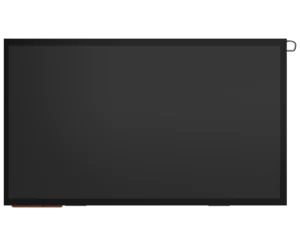
High Brightness IPS display 15.6″ TFT LCD Full HD 1920x1080px, MIPI DSI interface + Capacitive touchscreen – RVT156HKDNWCA0-B
$377.91 -

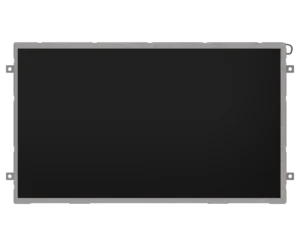
High Brightness IPS display 15.6″ TFT LCD Full HD 1920x1080px, MIPI DSI interface – RVT156HKDFWN00
$290.19 -

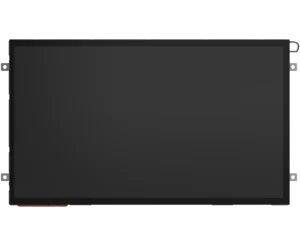
High Brightness IPS display 15.6″ TFT LCD Full HD 1920x1080px, MIPI DSI interface + Capacitive touchscreen – RVT156HKDFWCA0-B
$409.58 -

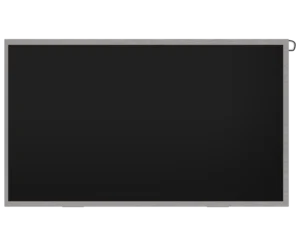
Intelligent display 15.6″ TFT LCD Full HD 1920x1080px, EVE5 BT820B – RVT156HKBNWN00
$337.44 -

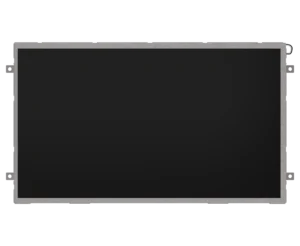
Intelligent display 15.6″ TFT LCD Full HD 1920x1080px, EVE5 BT820B – RVT156HKBFWN00
$370.01 -

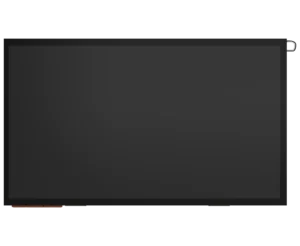
Intelligent display 15.6″ TFT LCD Full HD 1920x1080px, EVE5 BT820B + Capacitive touchscreen – RVT156HKBNWCA0-B
$460.46 -


Intelligent display 15.6″ TFT LCD Full HD 1920x1080px, EVE5 BT820B + Capacitive touchscreen – RVT156HKBNWC00-B
$464.38 -


Intelligent display 15.6″ TFT LCD Full HD 1920x1080px, EVE5 BT820B + Capacitive touchscreen – RVT156HKBFWCA0-B
$489.55 -

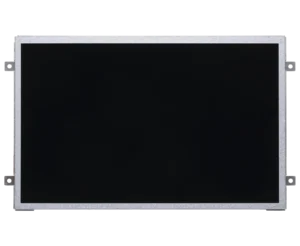
Plug and play display 12.1″ TFT LCD 1280x800px, USB-C interface – RVT121HVUFWN00
$253.33 -


Plug and play display 12.1″ TFT LCD 1280x800px, USB-C interface + Capacitive touchscreen – RVT121HVUNWC00-B
$311.87
What are LCD displays?
LCD displays are electronic visual panels that utilize liquid crystal molecules to control light transmission. When electrical current is applied, these molecules realign to either block or allow light to pass through, creating visible images on screen. Unlike older technologies, LCDs are energy-efficient, produce minimal heat, and offer excellent color reproduction. The technology employs a backlighting system (typically LED) that illuminates the liquid crystal layer from behind, with each pixel capable of displaying various colors and brightness levels through precise voltage control.
What are the types of LCD displays?
Several LCD technologies serve different application needs:
TFT (Thin Film Transistor) displays represent the most advanced LCD technology, featuring a transistor for each pixel that provides superior image quality and response times. Within TFT displays, various panel types exist:
- TN (Twisted Nematic) panels offer fast response times but more limited viewing angles and color reproduction
- IPS (In-Plane Switching) panels deliver superior color accuracy and wide viewing angles (up to 178°)
- VA (Vertical Alignment) panels provide excellent contrast and good viewing angles
Other LCD technologies include STN (Super Twisted Nematic) and FSTN (Film Super Twisted Nematic) displays, which are more economical but offer reduced performance compared to TFT displays.
Where can LCD displays be used?
LCD displays find applications across numerous industries due to their versatility and reliability:
- Industrial automation – Control panels, HMIs, and monitoring systems requiring durability in challenging environments
- Medical equipment – Patient monitors, diagnostic devices, and surgical equipment benefiting from high resolution and color accuracy
- Transportation – Automotive dashboards, navigation systems, and aerospace displays needing resistance to vibration and temperature variations
- Retail – Point-of-sale terminals, digital signage, and vending machines requiring clear visibility and touch functionality
- Smart home – Thermostats, security systems, and appliance controls leveraging compact, energy-efficient displays
- Telecommunications – Mobile devices, tablets, and communication equipment needing bright, sharp displays with low power consumption
LCD displays can be customized with various features like touchscreens (resistive or capacitive), sunlight readability, wide temperature ranges, and specialized protective coatings to meet specific application requirements.
Riverdi LCD display manufacturer
Riverdi specializes in producing high-quality, long-lasting LCD display solutions engineered specifically for industrial applications. Our displays feature industrial-grade components designed to withstand harsh conditions including extreme temperatures (-30°C to 85°C), high humidity, mechanical vibration, and electromagnetic interference. With options ranging from 1.54″ to 15.6″ and resolutions up to 1280×800 pixels, Riverdi offers displays with advanced features such as IPS technology, high brightness (up to 1000 cd/m²), projected capacitive touch panels, and multiple interface options (LVDS, MIPI DSI, RGB, SPI/QSPI, and more).
Our commitment to long-term availability ensures that industrial clients can maintain their equipment without concerns about display obsolescence, while our comprehensive technical documentation and support streamline integration into your applications.
